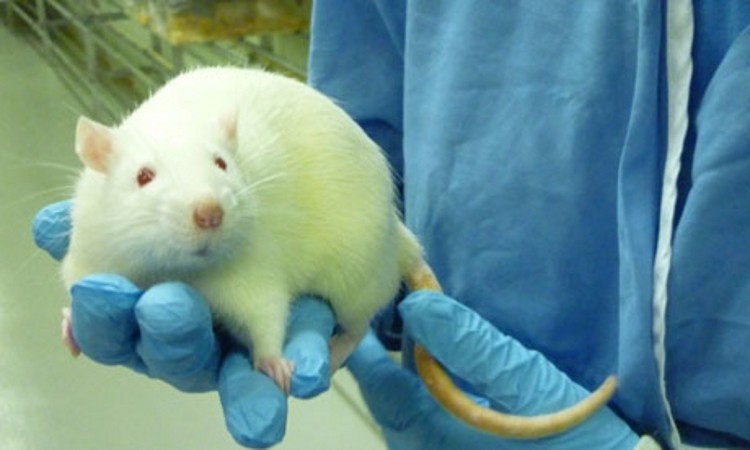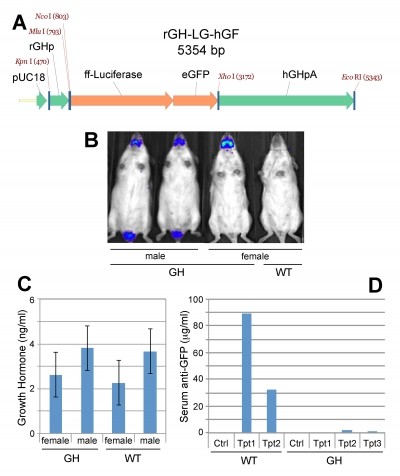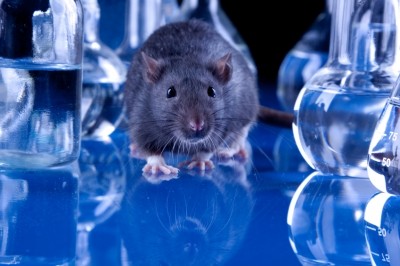Anti-Nazi laws and a lack of alternatives: Factors slowing adoption of non-animal models

In Europe, pharmaceutical products must be assessed using either an animal model or a validated alternative before entering human trials under rules set out in Directive 2001/83/EC, Annex 1, part 3, Section 2 (page 45).
Chris Magee from Understanding Animal Research - an industry and academia-backed organisation dedicated to explaining the role animals play in scientific discovery – told us the current rules developed from laws introduced after World War II.
“The requirement to use animals before humans is enshrined in the Nuremburg Code, drawn up after the last World War to ensure that Nazi practises of experimenting on humans in the first instance were never repeated, and this is echoed in European Law in Directive 2001/83/EC” he said.
Alternatives to animal models must be validated by the International Committee on Harmonisation (ICH).
While some approved non-animal tests are available, they have “not yet ended up replacing animals on a like for like basis” Magee said, adding that “We would like to see is more funding for alternatives research, faster validation and enhanced systems for encouraging uptake in member states through greater contact between the ICH and governments.”
Understanding why drug researchers have not adopted alternatives requires consideration of a number of variables, not least a recent report by the APBI which suggested some such models yield false positive results.
Laws
Another factor stopping drugmakers embracing animal alternatives are the testing laws themselves according to Marjolein Weda from the Dutch National Institute for Public Health and the Environment (RIVM).
RIVM recently suggested that although European laws allow for the use of alternatives, the time consuming and expensive research required to prove their equivalence to animal models give drug firms little incentive to use them.
Weda told us: “We found evidence in publicly available literature that costs and complexity [of validating alternatives] are two factors out of a larger set of factors that may hamper the use of alternatives.
“Other factors are, for example, lack of alternative methods, presence of regional requirements in a global market” she added.
Availability
One organisation trying to increase the availability of alternatives is animal rights organisation PETA.
Earlier this month, PETA teamed up with tissue firm MatTek to give away $15,000 worth of human cell derived models to scientists working in preclinical research.
Jeffrey Brown, Biologics Specialist at PETA told us the aim “is to allow researchers to become familiar with using materials and methods that meet their needs without using animals.”
MatTek's models are derived from human cells donated by people who have surgery or who have registered as organ donors.
Two tests developed by the US firm – a skin model called EpiDerm and an eye system called EpiOcular – have been approved by the OECD for the identification of irritants. Validation of the former was part funded by PETA UK.
Brown said such efforts can encourage the drug industry to adopt alternatives, but suggested that ultimately it is the regulators who will decide whether use of such tests becomes the norm.
“Drug companies can do more to use available non-animal methods and to develop new non-animal methods, but they are reluctant to do so without any assurance that regulators will accept the results.”
“Regulators must familiarize themselves with data supporting non-animal methods before they will allow their use in place of the animal methods currently required. We can help change this situation by encouraging brilliant scientists everywhere to demonstrate how useful and efficient existing non-animal technologies are.”














